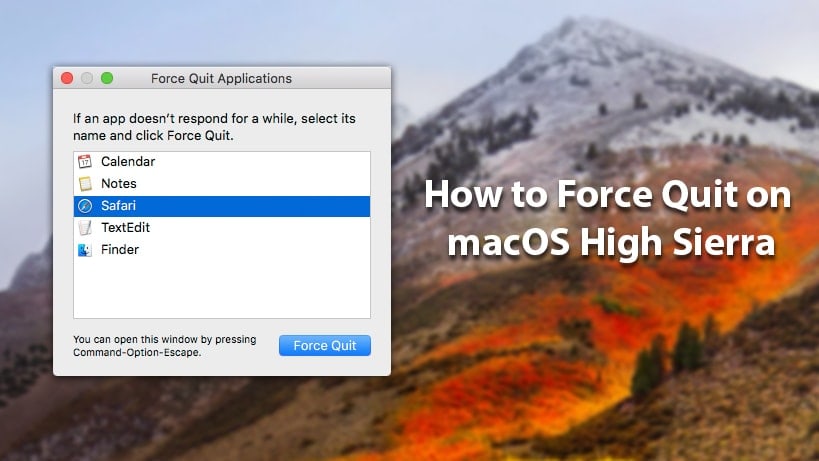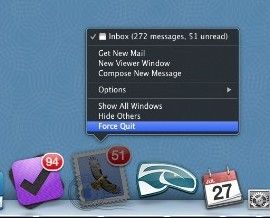

- #How to force close on mac book how to#
- #How to force close on mac book install#
- #How to force close on mac book pro#
#How to force close on mac book install#
You also might want to just do a fresh install of the whole operating system.
#How to force close on mac book how to#
I have included a link to an Apple article explaining how to do so below. If these instructions don't work, you should next try to boot into safe mode. If your MacBook Air is not one of the ones that have been recalled, you might want to check out the article that I've provided a link to below about how to solve performance issues with Mavericks. If your system is affected, you should make a backup of your system using Time Machine or other backup methods as soon as possible, and visit an Apple Retail Store for service. Then, when only one tab is left open, click 'safari' nect to the and select 'quit safari' from the drop down menu. These models were sold between June 2012 and June 2013. In Safari, hover the mouse over the left side of any tab and an 'X' will appear. Recently Apple has recalled MacBook Air models because of faulty Flash storage drives. When did you purchase your MacBook Air? I have reason to believe that it is a MacBook Air affected by the recall.

It seems like this is a hardware issue because unchecking the box did not correct the problem. This is one case where I think Apple carried its simplistic design a little bit too far.I'm sorry my last post failed to solve your problem.
#How to force close on mac book pro#
All it takes to force a restart of a frozen MacBook Pro with Touch Bar is to press down on the Touch ID button until the device reboots. I had placed my finger on it plenty of times to log in but never actually pushed it. What I didn’t realize is that the Touch ID button at the far right end of the Touch Bar is actually a button – the power button.

The login screen was always there when I flipped the display up, and the MBP always went to sleep when I flipped the screen back down. And believe it or not, in the months that I had owned the MacBook Pro with Touch Bar, I had never needed to use a power button. The (nearly) invisible power button of the 2017 MacBook Pro with Touch Bar. So I started searching for the power button on the MacBook Pro… On old Macs, the power button was useful for a similar method - shutting off the Mac and then turning it back on. On just about every recent Mac I’ve ever owned, there’s a simple method of doing a force restart - just hold down the power button until the machine reboots. I waited about a half-hour and finally decided it was time to force quit the laptop, reboot, and see if that solved the problem. The next time I looked at the MacBook Pro screen, it was black except for a progress bar that didn’t seem to be making any progress. I did so and then followed the prompt to log into iCloud. You can find this in the top-left corner of your screen. Then select the unresponsive app and click Force Quit to close it. During the installation process, my MacBook Pro restarted several times, and at one point, I was asked to log in. To force an app to quit an app on a Mac computer, click the Apple icon in the top-left corner of your screen and select Force Quit from the drop-down menu. This all happened while I was upgrading the MacBook Pro to macOS 10.13 High Sierra beta 8. Update: Ma– This tip also applies to 2018, 2019, 2020 MacBook Pro with Touch Bar and 2017, 2018, 2019, 2020 MacBook Air With Touch ID models. Fortunately, I was able to figure it out, so I thought I’d pass along this tip to readers of the Rocket Yard who might also run into this situation. Click Force Quit at the bottom of the window. Click the program you want to force-quit. I have a very embarrassing admission to make: after 33 years of being a Mac user, I was completely stumped when I recently tried to force quit and restart my 2017 MacBook Pro with Touch Bar. If your Mac froze after you opened a specific application, you can try force-quitting the application by doing the following: Press Command + Option + Esc to bring up the Force Quit window.


 0 kommentar(er)
0 kommentar(er)
